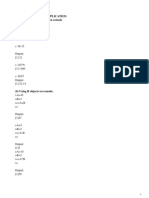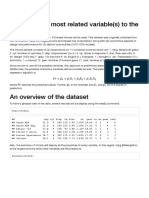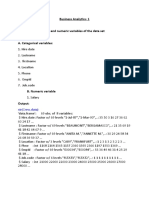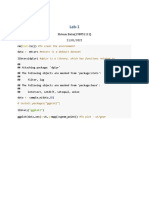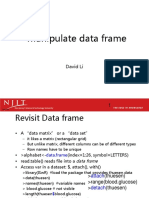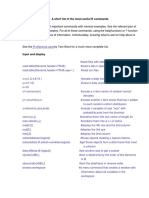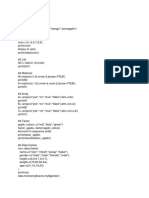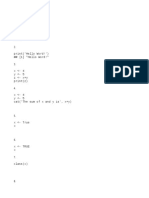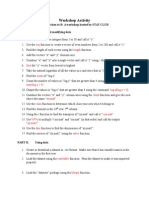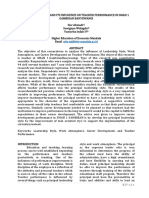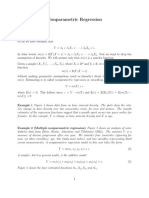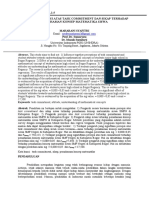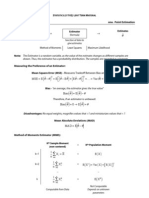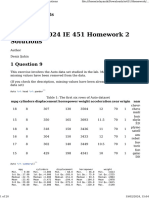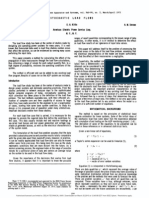0% found this document useful (0 votes)
71 views11 pagesData Science Using R
The document summarizes the mtcars dataset in R. It displays the first 6 rows, provides summary statistics of the variables, and explores relationships between variables through plots and linear regression. Key details include there being 32 observations across 11 variables, with mpg ranging from 10.4 to 33.9 and summary plots exploring the distribution of mpg and its negative correlation with wt.
Uploaded by
PARIDHI DEVALCopyright
© © All Rights Reserved
We take content rights seriously. If you suspect this is your content, claim it here.
Available Formats
Download as PDF, TXT or read online on Scribd
0% found this document useful (0 votes)
71 views11 pagesData Science Using R
The document summarizes the mtcars dataset in R. It displays the first 6 rows, provides summary statistics of the variables, and explores relationships between variables through plots and linear regression. Key details include there being 32 observations across 11 variables, with mpg ranging from 10.4 to 33.9 and summary plots exploring the distribution of mpg and its negative correlation with wt.
Uploaded by
PARIDHI DEVALCopyright
© © All Rights Reserved
We take content rights seriously. If you suspect this is your content, claim it here.
Available Formats
Download as PDF, TXT or read online on Scribd
/ 11
